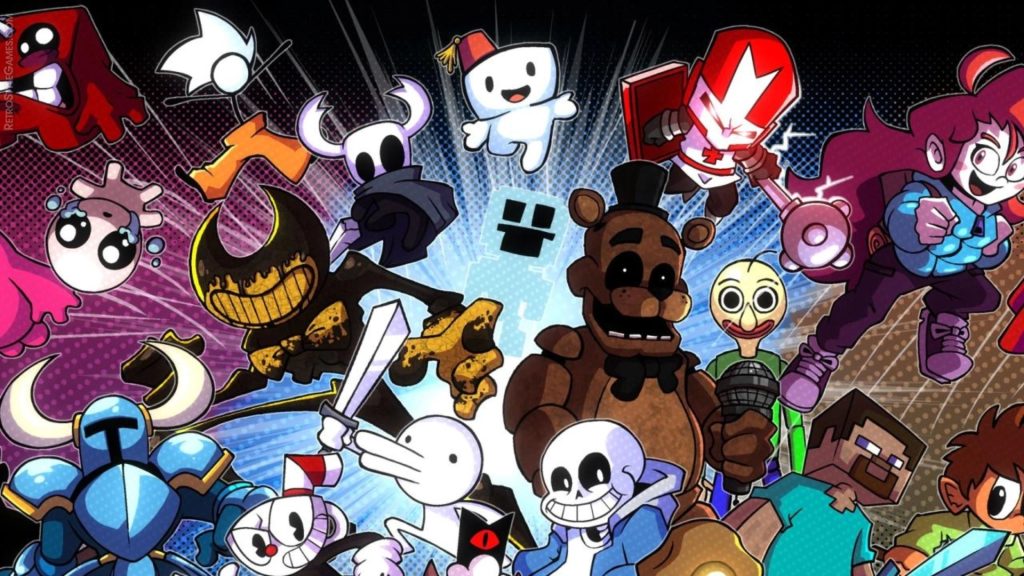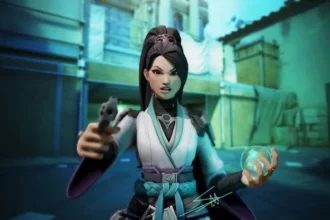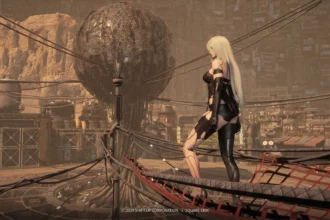Small game studios have shown they can make amazing games that look and play as well as big company games. Games like Cuphead and Hollow Knight prove this point. These studios don’t need huge budgets or hundreds of workers. Instead, they use smart outsourcing and choose the right partners to turn their limited resources into great art.
The world of small game studios has changed a lot in the past ten years. Small teams can now make beautiful games with smooth gameplay and professional looks by using smart 2D art outsourcing and good partnerships. This was once thought impossible for small studios. These methods help small game makers beat their competition while keeping their creative freedom and controlling their costs.

The Problems Small Game Studios Face
Small game studios deal with special problems that can stop their projects before they reach players. Knowing these problems helps explain why game development outsourcing has become so important.
Not Having Enough Resources is the biggest problem for small studios. Small budgets and tiny teams make it very hard to reach the quality levels that players expect from today’s games. Every dollar and hour must create the biggest impact possible, which leaves little room for trying new things or making improvements.
Money Problems make these budget issues even worse. Most small studios have trouble getting investors or outside funding. This puts more pressure on them to cut costs wherever they can. Studios often end up pricing their games too low or giving up quality to meet impossible budget limits.
Time Problems add more stress because small game makers usually do many different jobs during development. One person might handle programming, design, and marketing at the same time. This leads to burnout and slows down the whole project. Tight deadlines become even harder when team members are doing multiple specialized jobs.
Missing Special Skills create another big problem. Many small teams are great at certain things like gameplay or story writing, but struggle with specialized areas like advanced 2D art, complex animation, or user interface design. Learning these skills takes time and money that most small studios don’t have.
Technology Problems keep growing as game development tools and industry standards change quickly. Small teams struggle to keep up with new technologies, graphics techniques, and platform requirements while also focusing on making their games.
Marketing and Getting Noticed problems cannot be ignored in today’s crowded gaming market. Standing out among thousands of new games requires marketing skills and resources that go far beyond game making abilities. Many good small games fail not because they’re bad, but because they don’t reach the right players.
Growth Problems make project development harder as project needs change over time. When working with a fixed internal team, adding more people during busy periods or reducing the team during slow times creates big risks and costs.
Why Outsourcing Changes Everything for Small Game Studios?
Smart outsourcing solves all these problems and gives small studios abilities that would be hard to get within their current limits.
Saving Money is the most obvious benefit of outsourcing partnerships. Small studios can hire the best talent from around the world for much less than local, full-time workers. Many studios report saving up to 30% on operating costs by smartly outsourcing specialized work instead of hiring permanent employees.
Getting Special Skills lets small teams find experienced 2D artists, animators, sound designers, and developers for specific project needs. This creates high-quality work in specialized areas without the long-term money commitments that come with full-time employees. Studios can hire world-class talent for exactly the time and work they need.
Faster Work is possible when outside teams work with internal development or across different time zones. This method allows work to continue all day and night, greatly reducing the time needed to finish and launch games. This helps studios take advantage of gaming trends while they’re still popular.
Flexibility and Growth allow small studios to respond quickly to changing project needs or market feedback. Outsourcing partnerships help teams increase production during busy development times and slow down during planning or polishing stages without the overhead costs of permanent staff.
Focus on What You Do Best becomes perhaps the most strategic advantage of outsourcing. Small teams can put their energy and resources into gameplay design, storytelling, and innovation – the areas where they usually excel and add the most value. They do this by giving specialized or time-consuming work to outside partners.
Reducing Risk happens by working with experienced outsourcing teams that bring technical knowledge and proven project management skills. These partners contribute their specific expertise and established work processes to help deliver projects smoothly and avoid costly mistakes.
What Small Studios Should Look for in a Partner
Success in outsourcing depends heavily on choosing the right partners who understand and match the needs and limits of small game development.
Portfolio Alignment is key. Indie teams should work with partners whose past work fits their visual style and game type. A portfolio shows both skill and understanding of the game industry.
Communication Quality and Response are vital. Good partners communicate clearly and regularly, track progress, and provide updates without constant follow-up.
Understanding of Indie Constraints matters. The best partners understand the limits indie teams face—tight budgets, fast changes, and the need to test and adjust quickly. They should be flexible and experienced with small teams.
Quality Assurance and Feedback are important. Partners should have review systems in place and be open to making changes based on feedback or user testing.
Cultural and Timezone Compatibility can make collaboration easier. While global outsourcing offers cost benefits, it’s important that partners share the same goals and can communicate in real time when needed.
Conclusion
Strategic outsourcing and 2D art partnerships started as ways to solve problems. Now they are advantages that help indie studios make games that look amazing and are high quality. They do this within realistic budgets and time limits. These partnerships help small teams get world-class talent. They keep creative control. And they let teams focus on the special gameplay experiences and new ideas that make indie games unique.
The most successful indie studios today know that smart partnerships do not mean giving up their creative idea. They mean making it stronger by getting access to specialized skills and resources. By using strategic outsourcing, indie teams can grow effectively. They can lower development risks. And they can focus on what they do best. That is creating memorable game experiences that capture players’ interest.
In today’s competitive game market, the studios that master these ways of working together are not just surviving the problems of being independent. They are leading the indie change. They are setting new standards for what small teams can do through smart partnerships and using resources well.

















